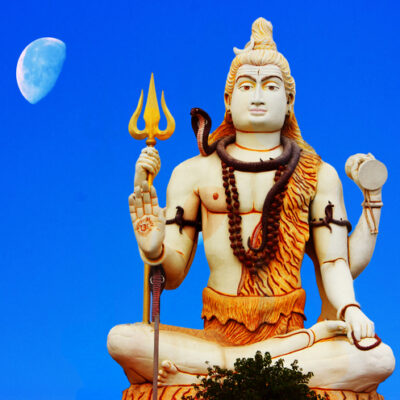Udaypur Neelkantheshwar Temple, Madhya Pradesh

Address
Udaypur Neelkantheshwar Temple, Shiv mandir road, Udaypur, Vidisha District, Madhya Pradesh 464221
Diety
Neelkantheshwar/ Udayesvara
Introduction
The Neelkantheshwar Temple, also known as Udayesvara Temple, is a remarkable temple dedicated to Lord Shiva located in Udaypur town, Vidisha District, Madhya Pradesh, India.
Historical Significance:
- The Neelkantheshwar Temple is one of the most important and earliest examples of Bhumija temple architecture, which was characteristic of the Paramara Dynasty.
- This temple is historically significant as it was built during the second half of the 11th century and is the only surviving royal temple of the Paramara kings.
Unique Building Tradition:
- According to local folklore, the temple was constructed only on a single day each month, specifically during the Pushya Nakshatra. All preparations, including crafting of sculptures and gathering of materials, took place on other days, and the actual construction commenced during the auspicious nakshatra.
Folklore About a Stone Craftsman:
- An interesting story associated with the temple involves a stone craftsman who was tasked with placing the Kalash (pinnacle) on top of the temple. As the craftsman climbed to the top during the night, he was so captivated by his own work that he spent the entire night admiring it. When the sun rose, he was mysteriously turned into a stone figure, which remains suspended near the top of the shikhara (tower) to this day.
Historical Context and Annexation:
- Udaypur was an important town under the Paramara Dynasty and became particularly famous during the reign of King Bhoja (1010-1050 AD), who developed the town.
- Udayaditya, the brother of Bhoja, assumed the Paramara throne, and Udaypur received its current name during his reign (1070 – 1093 AD).
- The temple was later annexed to the Mughal Empire, and some lesser-known monuments were erected during that period.
Restoration and Protection:
- The temple was protected and restored in 1929 by Maharaj Jiwaji Rao Scindia, the ruler of the Gwalior State at the time.
- The restoration work was carried out under the supervision of M. B. Garde, a renowned archaeologist, and historian.
Temple Architecture:
- The temple is east-facing and stands on a raised platform.
- It follows the Saptayatana architecture style, featuring one central large shrine surrounded by six smaller shrines.
- The temple consists of a sanctum (garbhagriha), assembly hall, and three entrance porches.
- The exterior walls of the assembly hall are adorned with sculptures of deities like Ardhanareeshwara, Andhakantaka, Natesha, Mahakala, Chamundi, and Ashtadikpalakas (guardian deities of the eight directions).
- The sanctum houses the main deity, Neelkantheshwar, in the form of a Lingam. A brass Linga covers the original one, and it is raised during the Mahashivaratri festival.
- The temple’s shikhara (tower) is notable, with miniature shrines culminating in a horizontal fluted disc called the Amalaka, ending with a Kalash.
Inscriptions and Records:
- The temple contains about 60 inscriptions located at the entrance porch on the eastern side. These inscriptions span various dynasties, including the Paramaras and Tughluqs, that ruled over the region.
- Some inscriptions mention grants from King Udayaditya to the temple.
Century/Period/Age
1010-1050 AD
Managed By
Archaeological Survey of India.
Nearest Bus Station
Udaipur
Nearest Railway Station
Bhopal Junction Ganj Basoda railway station
Nearest Airport
Bhopal









